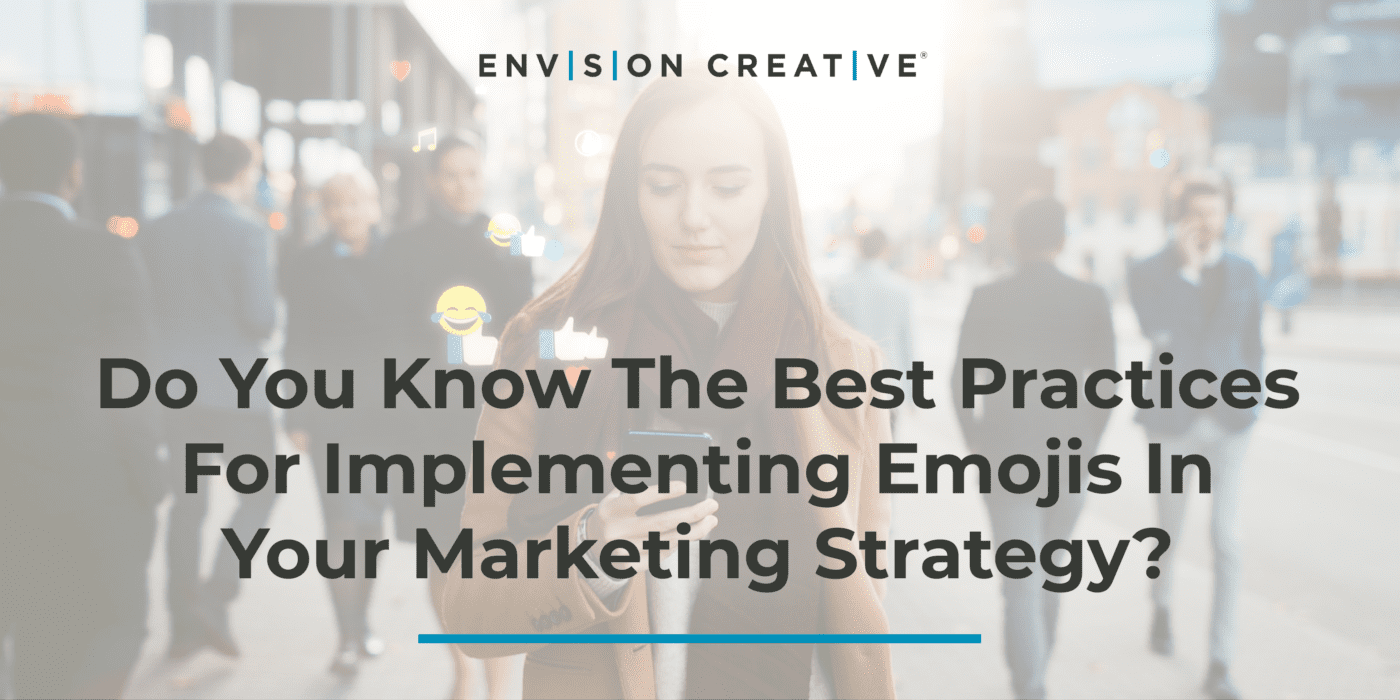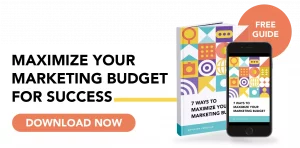In this day and age, emojis are used in a variety of ways. You can find them used in social media captions, text messages, and even the subject line of many companies’ promotional emails. We’re all intimately familiar with those little yellow smiley faces, but when it comes to using them in your marketing strategy, how can you be sure you’re using them most effectively? This World Emoji Day, we curated the ultimate how-to list for implementing emojis effectively in your marketing strategy.
What Do Emojis Do? 🤔
Before you can really start to integrate emojis into your marketing content, you’ll need a better understanding of what emojis are capable of. While they can be thought of as cute decorations or digital stickers, they actually can create depth in your marketing strategy and content.
Emojis are there to enhance written language. Writing lacks the facial expressions, hand gestures, and tone of voice that help brands convey emotions when sharing content. Emojis can introduce emotions and non-verbal communication to a brand’s writing to make it more effective, ultimately increasing engagement. It’s even found that our brains respond to seeing digital smileys in the same way they react to seeing real faces. Consumers also respond positively to emotional messaging and process images 6 to 600 times faster than words. Pretty neat huh?
Some emojis can also introduce concepts that are not purely emotional and even change the meaning or connotation of a sentence when included. For example, the goat emoji (🐐) can be understood the mean the ‘Greatest of All Time” or the “G.O.A.T”. It is typically used to refer to highly competent people in order to praise them as being the best of all time in their specialized profession, such as award-winning musicians or gifted athletes. For instance, when quarterback Tom Brady retired from the NFL in 2022 after 22 seasons with the league, he was hailed as a GOAT. This demonstrates that popular meanings for emojis cannot be easily overturned, so you do need to be aware of these meanings and popular uses that can be counter-intuitive to an emoji’s literal depiction.
Why Should You Use Them? 🤷♀️
You may feel that your audience is already responding well to your messaging without including emojis. While this may be true, studies have shown that messaging that includes emojis outperforms messaging without emojis.
- Facebook posts using emojis receive 33% more comments and shares and 57% more likes.
- Tweets can receive 25.4% higher engagement when using emojis.
- Emails that include emojis in the subject line have seen an increase in open and click-through rates from 56% of brands.
Consumers respond incredibly well when they see emojis used in marketing. The emotions or concepts which emojis represent can also provide additional flavor and context to your message, helping your brand appear friendlier and more personable.
How To Implement Emojis 👨🏫
Now that you’re ready to sprinkle emojis into your marketing strategy, let us cover the Dos and Don’ts of implementing these characters. While using the little guys can be fun, there are some items to consider so that your communication is always clear and free from any ambiguity or confusion.
✅ Do:
- Use emojis that make sense for your brand.
- If you’ve been using emojis sparingly up until now, try to pick emojis that are directly related to your brand and messaging. If you’re a restaurant, use food emojis that represent your menu items. A gym can use emojis of people performing different physical activities or exercises.
- Look up the names and meanings of emojis.
- This can help you to avoid unintentionally using emojis that have slang meanings that may not be related to what you want to say.
- Keep accessibility in mind.
- While emojis can add emotion and context to your message, they can sometimes make your message difficult for people to understand. Those with visual impairments experience emojis differently, so it’s important to consider this when employing them in your messaging.
🚫 Don’t:
- Use long strings of emojis.
- This can be visually busy and confusing to your audience. It’s better to use emojis sparingly, with just a couple that are closely related to what you want to say. Otherwise, too many can actually detract from your message.
- Use emojis to replace your message.
- Emojis should only ever enhance your writing, not be the entire message or focus. Don’t make people decipher what you’re trying to say. You can replace a word or two with an emoji as long as the sentence is still completely understandable. More than this can be confusing.
- Assume that everyone sees the same thing.
- While emojis are becoming more and more streamlined, there is still a lot of room for error. Emoji design can vary widely from platform to platform as everyone has their own interpretation of what that emoji means. New emojis can also appear differently or not at all on older platforms that don’t support them.
🎁 To Wrap Things Up
Emojis are a small – yet effective – way to increase engagement with your audience while providing a fun and visually appealing element to your messaging. Though emojis certainly pack a punch, they can’t be successful all on their own. Emojis work best when integrated into an already strong marketing strategy. Pairing compelling copy with carefully chosen emojis can take your communications to the next level!
If you’re ready to use emojis but need some help with taking your marketing strategy to the next level, get in touch with us! The Envision Creative team are experts in all things marketing. Whether you’re looking to step up your social media or need to revamp your email campaign strategy, we’ve got you covered. Contact us today!
-FINAL(01-00)-White&Blue-01.svg)





